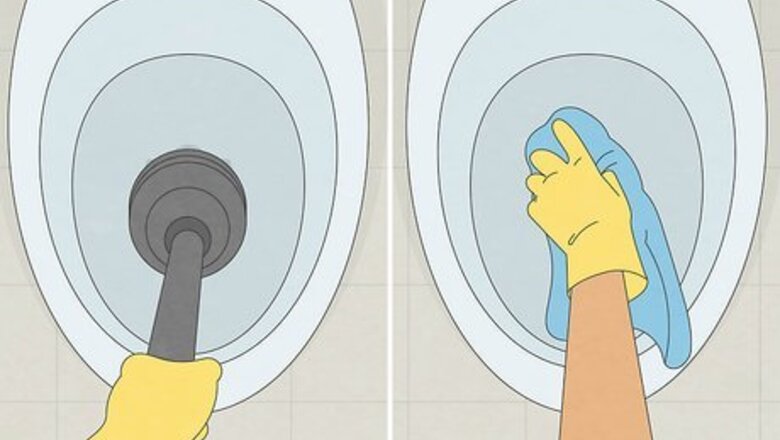
views
Using Cleaning Vinegar
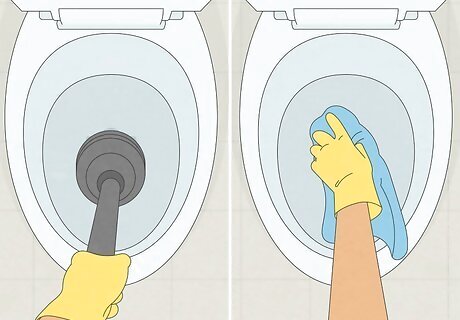
Dry out the bowl. Use a plunger to plunge out the water in the bowl. Then use a towel to remove excess water on the inside. This is important to ensure that the cleaning solution isn’t too heavily diluted.
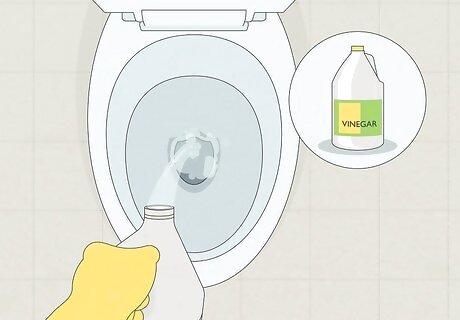
Fill the bowl with cleaning vinegar. Fill the bowl so that the vinegar covers up the hard water spots. Cleaning vinegar, which is especially acidic, is best for removing hard water stains. However, distilled white vinegar can also work if it is all that you have.
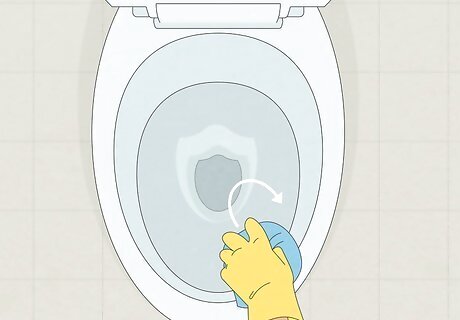
Wipe down toilet with vinegar. Use a rag to spread the vinegar over hard to reach spots, like under the rim of the toilet. You can also apply vinegar to the outside of the toilet, if there are any water spots around it. You can also apply the vinegar to toilet paper and stick it on spots overnight. This will help to ensure maximum exposure to the acidic vinegar.

Let the toilet sit overnight. The vinegar will slowly eat away at the stains. Close the door and be sure that pets and children do not get into the bathroom.
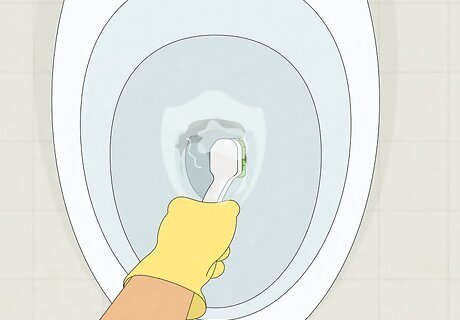
Scrub with a toilet brush. Use a brush with stiff nylon bristles to scrub at the hard water stains, removing anything that remains after the soaking. The vinegar should have loosened them so that they come up easily. If not, repeat this process. You may also want to use a smaller head brush to get into tight spots around the rim of the toilet. A kitchen dish brush works well for this, but do not use it to wash dishes after cleaning your toilet with it.
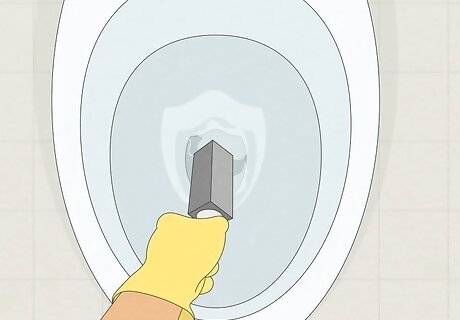
Try a pumice stone. If the toilet brush isn’t getting the job done, try using a pumice stone instead. Many people report that it is good at picking up hard stains, without damaging the porcelain. Scrub the stain gently in conjunction with a cleaner, like vinegar, to pick up the stain.
Cleaning With Chemicals
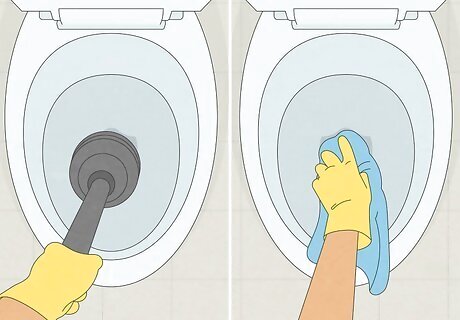
Dry the bowl. Plunge the water in the bowl. Use a towel to soak up any remaining water.
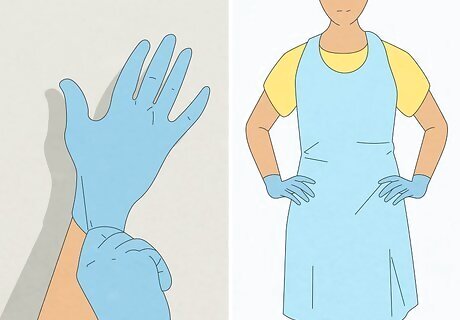
Put on gloves and a plastic apron. Acidic toilet bowl cleaners can damage your skin. Be careful not to let these chemicals touch your skin.
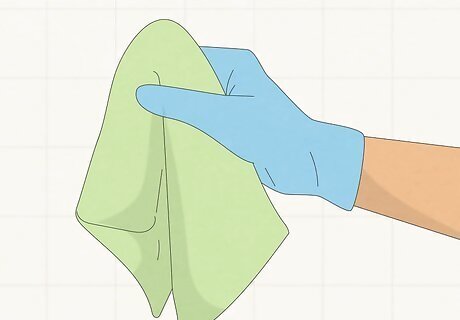
Keep a wet rag on hand. Acidic toilet bowl cleaners can damage bathroom surfaces, including tile. You should have a rag on hand to pick it up immediately if any spills or splashes.
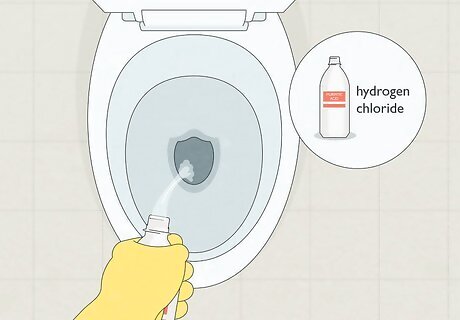
Apply a cleaner with diluted hydrochloric acid to the bowl. This chemical is sometimes listed on labels as hydrogen chloride, HCL or muriatic acid. It can be found in products like The Works Toilet Bowl Cleaner or Santeen Toilet Bowl Cleaner. Be careful not to mix these solutions with bleach. The mixture can create a dangerous poisonous gas. Many in-tank cleaners use bleach. If you have an in-tank cleaner, remove it and flush several times to rid the toilet of any bleach residue.
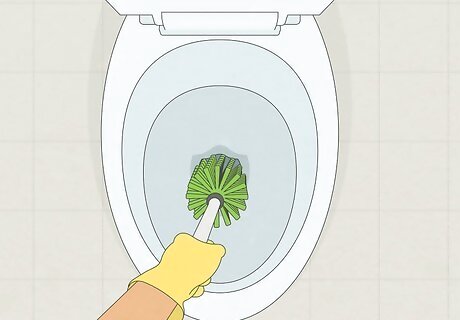
Rub the toilet gently with a toilet brush. Use a toilet brush that has nylon bristles to gently rub the cleaner into the hard water spots. Do not rub too hard or you might splatter the cleaner all over the bathroom. This can damage other surfaces.
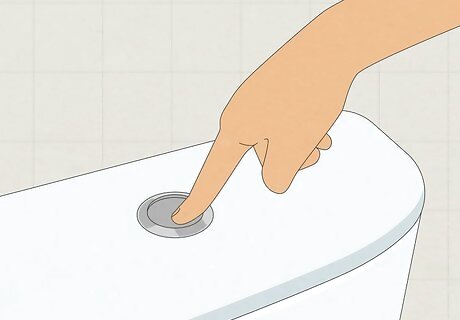
Flush immediately after cleaning. Once you have picked up the hard water spots, flush. These chemicals are abrasive and should not sit around in bathroom longer than is necessary.
Maintaining Your Toilet
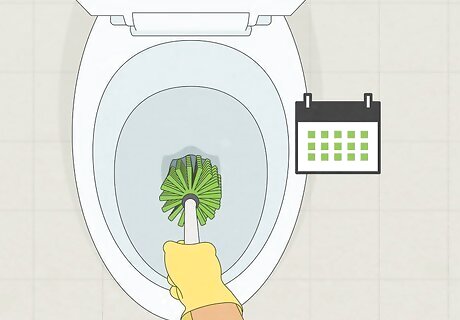
Brush daily. If you use your toilet brush for a few seconds every day, you can pick up excess water. This will make it less likely that hard water spots will form and save you the trouble of an intensive clean.
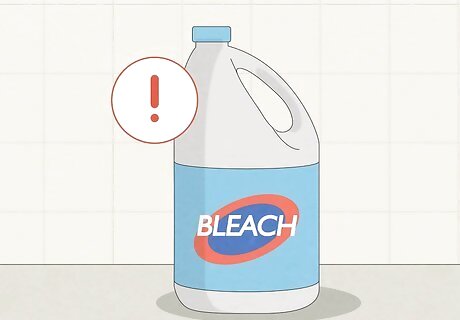
Be cautious with bleach. Bleach can be a good disinfectant. But it will cause rust stains to set, making it more difficult to remove some hard water spots. It can also be dangerous when mixed with other toilet bowl cleaners.
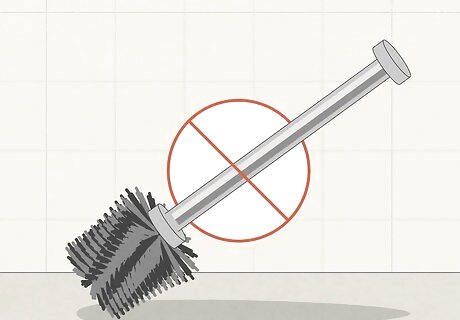
Avoid metal bristles. Older toilet bowl cleaners had metal bristles. These could scratch up the insides of a toilet. This is counterproductive, because once a toilet bowl is scratched, it is easier for dirt to get into the scratches and next to impossible to get it out.
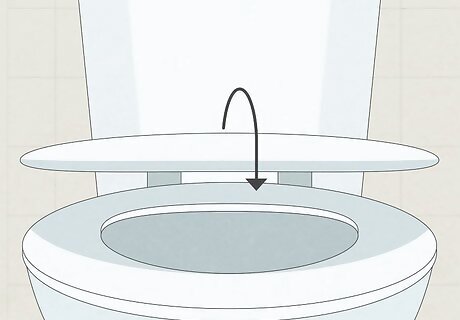
Close the bowl before you flush. When you flush with the bowl open it is possible for water to escape, getting some all over the toilet. This is unsanitary and increases the risk of hard water marks forming.
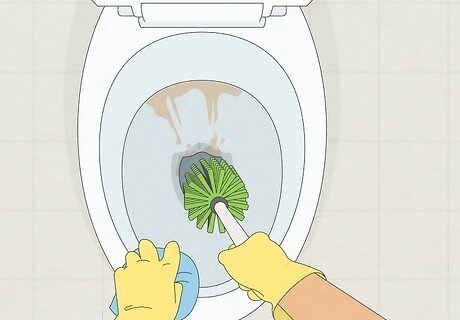
Perform an intensive clean as soon as hard water marks appear. If given the time, these stains will only settle in and become more difficult to remove. If you see stains appearing that can’t be removed with a simple scrubbing, immediately use either vinegar or heavy cleaning solutions to pick them up.
















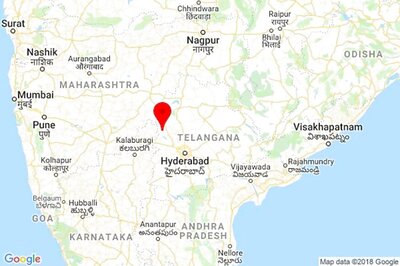



Comments
0 comment